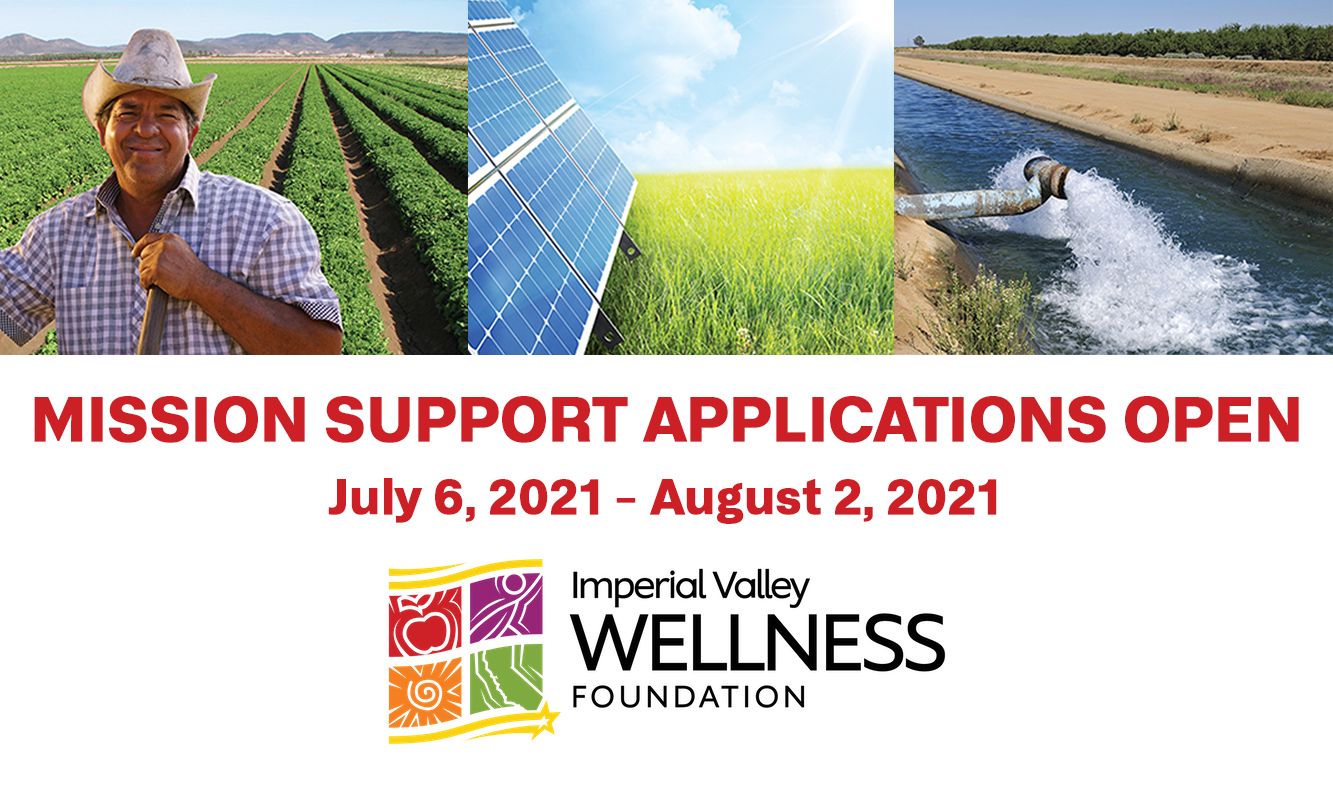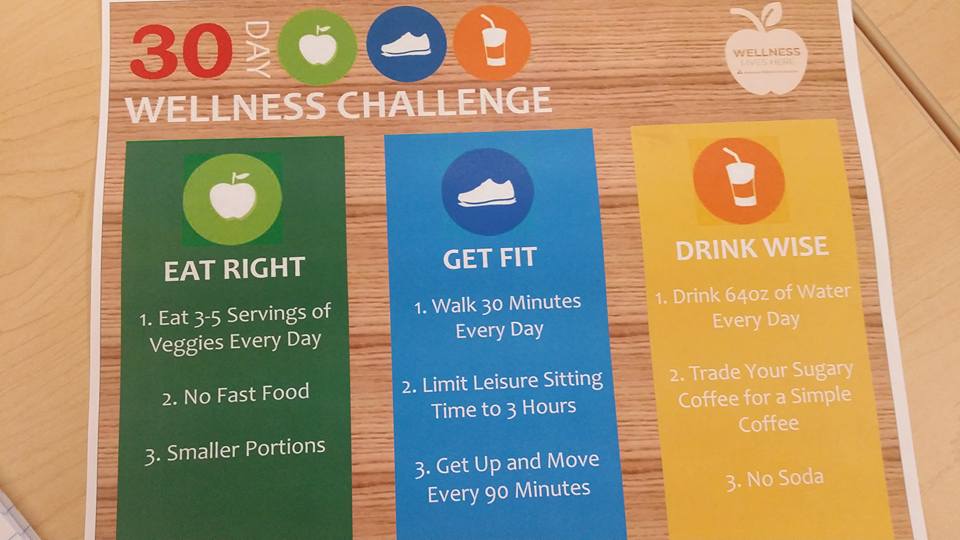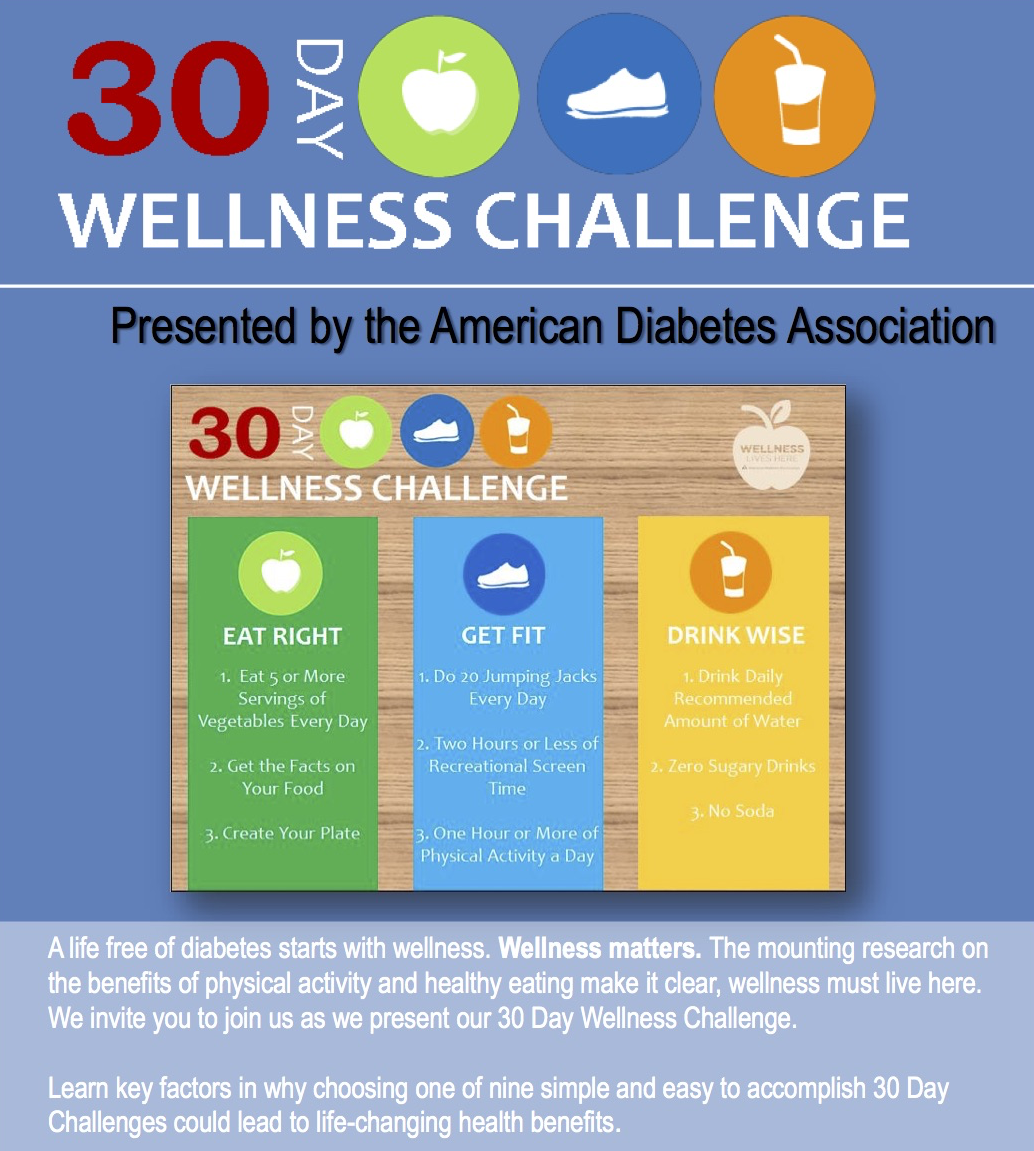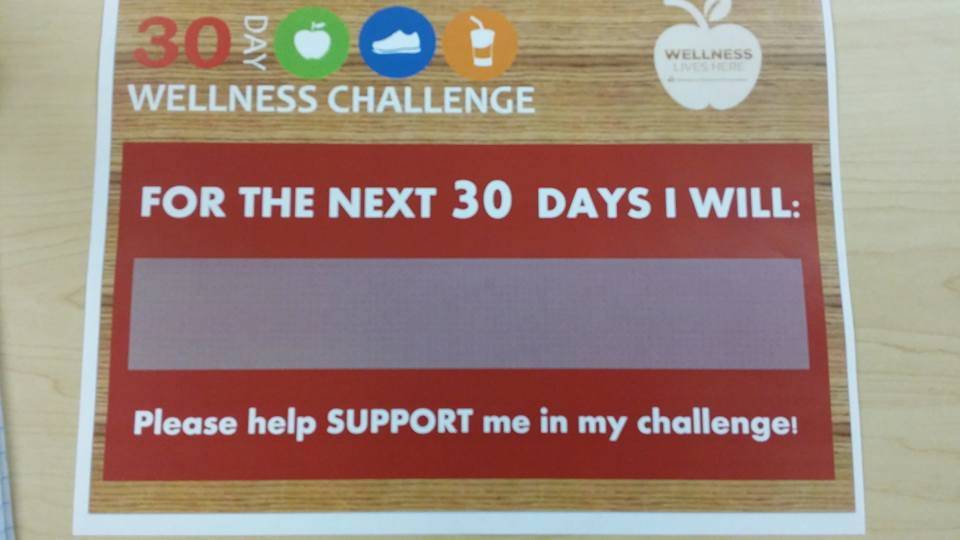April 1, 2016
AHF iNService: Exploring the ADA 30-Day Wellness Challenge
Our iEngageU Series is designed to spark conversations about health and wellness that foster understanding and inspire action. We’ve decided that one of the best places to begin that conversation is right where we are, here in Suite 350. This idea lead to our very first iNService event, where we took the lead on bringing health and wellness topics to our suite mates. The theme for our first event was the American Diabetes Association’s 30-Day Challenge.
With over one million people in San Diego County who are currently diabetic or pre-diabetic and more than half of the Imperial County population diabetic or pre-diabetic, actively looking for ways to make real, sustainable changes represents a critical next step to building a healthier future.
There are multiple types of diabetes, though the one addressed at our iNservice event is a preventable form, known as Type 2. You can learn more about the types of diabetes and their causes on the ADA’s website.
For the 30-Day Challenge, every participant commits to adopting one new healthy habit for 30 days.
This challenge can serve many purposes: as a precursor to the American Diabetes Association diet or a ‘pre-diabetes prevention diet’, or simply as a way to begin fostering healthier habits into our lives.
For this challenge, themes fall into three categories: eating right, getting fit, and drinking wise. Participants can choose an idea from three offered in each category, for a total of nine options:
- Category 1: Eating right
- Eating 3 – 5 servings of veggies per day
- Giving up fast food
- Eating smaller portions
- Category 2: Getting fit
- Walking for 30 minutes every day
- Limiting leisure sitting to 3 hours per day
- Getting up and moving every 30 minutes
- Category 3: Drink wisely
- Drinking 64 oz. of water per day
- Having coffee without sugar
- Not drinking soda
This approach helps each of us begin with changing habits in small ways, which can in turn lead to bigger changes.
Building Awareness
The clear theme of this challenge was about creating awareness of our habits so that we can begin to change them.
Sitting is the New Smoking
One of the biggest challenges to my health is the amount of time I have to spend sitting each day. It’s so easy to just keep working away at my desk, so it made sense to choose the option that addressed this by committing to get up and move every 90 minutes.
Bringing active awareness to this new habit opened my eyes. What other unconscious habits do I have that are affecting my health with me even knowing it?
Hidden Sugar Content
I’ve known that sugar is a big culprit in a wide range of health issues. The benefits of cutting out sugar range from weight loss to better oral health, as well as decreasing the chances of a range of other chronic diseases. I think if people saw how much sugar is in many of the things they eat and especially what they drink (coffee, soda, and juice drinks) they would rethink how much they drink or consider making changes, too.
Our presenter Nikki Woodward, Coordinator for Community Engagement at the American Diabetes Association, shared her own anecdote of how she has applied this knowledge to her life. While she hasn’t given up her daily Starbucks, she has reduced the amount of sugar they put into her coffee. By tapering down slowly, she was able to eventually eliminate simple syrup from her drink altogether.
Reading labels is a great first step to gain awareness about sugar content, and give you insight into ways to cut sugar. You’ll begin to find hidden sugar everywhere, including in unlikely places like salad dressing and ketchup. Once you are more conscious in general of what is in your food, simple choices like olive oil instead of salad dressing, or regular coffee instead of a flavored latte.
Portion Size
Over the years, portion sizes have ballooned, contributing to weight gain, overeating, and excess sugar and sodium intake, all of which can lead to heart disease.
A few quick tips to help with portion control that were shared during the iNservice event include:
- Using standard (instead of oversized) plates, which should be 8 – 9 inches in diameter.
- Dividing the plate in half and then one side in half again. Fill the full half side with vegetables, one quarter with starch (potatoes, legumes, tortilla, etc.), and the other quarter with protein.
Reading Food Labels
Misleading branding, from the colors (browns and greens to signify natural), wording (low fat, no added sugar) to imagery of hikers and healthy people, all work to create an impression that may not be accurate.
Our Program Officer, Michele Silverthorn, chose to focus on eating more veggies. Incorporating 3 – 5 servings per day was just the beginning for her, too. She couldn’t help but pay attention to everything she was eating. She didn’t like what she found.
She shared with me that she “was surprised that a popular energy bar’s first ingredient was brown rice syrup, [which is] really is another name for sugar.”
Woodward also shed some light on this common issue, sharing a list of 50 different ways sugar is referred to on nutrition labels. Here are just some of examples to keep an eye out for:
Agave Nectar, Barley Malt Syrup, Beet Sugar, Brown Rice Syrup, Brown Sugar, Cane Crystals, Cane Juice Crystal, Cane Sugar, Coconut Sugar or Coconut Palm Sugar, Corn sweetener, Corn syrup, Corn syrup solids, Dehydrated Cane Juice, Dextrin, Dextrose, Evaporated Cane Juice, Fructose, Fruit juice concentrate, Glucose, High-fructose corn syrup, Honey, Invert sugar, Lactose, Maltodextrin, Malt syrup, Maltose, Maple syrup, Molasses, Palm Sugar, Raw sugar, Rice Syrup, Saccharose, Sorghum or sorghum syrup, Sucrose, Syrup, Treacle, Turbinado Sugar, Xylose
It’s all still sugar and should be treated as such!
Identifying Pre-diabetic Risk
On March 22, National Alert Day drove awareness about diabetes and prediabetes, offering resources to assess your current health and encourage you to begin making changes to improve wellness in the years to come. If you’ve missed the deadline, don’t worry—there are still resources for you to take your own risk test here.
Diabetes Prevention
One of the best ways to prevent diabetes is to understand what causes it and what we can each do to improve our health everyday. The American Diabetes Association offers a wealth of information and resources to help educate everyone—diabetics, pre-diabetics, or those simply looking to create healthier habits in their lives.
Woodward is also available for you to contact. Anyone can receive the presentation we enjoyed during the iNservice event—it’s free and they do it all over San Diego! If you’re interested, you may reach her at:
Nikki Woodward
Coordinator, Community Engagement
619-234-9897
ext. 7449
nwoodward@diabetes.org
Considering taking the 30 Day Challenge yourself? There’s still time to start! Comment below and let us know what you’ve committed to doing that will improve your health.
-Nancy Sasaki, Executive Director
Alliance Healthcare Foundation
NSasaki@AllianceHF.org
About Alliance Healthcare Foundation
Alliance Healthcare Foundation is a San Diego-based nonprofit which works with nonprofit, government and community agencies to advance health and wellness throughout the San Diego and Imperial Counties. AHF works to serve the most vulnerable – the poor, working poor, children and homeless by providing grants, advocacy and education to support its region.
To learn more about AHF, visit: AHF on Facebook, AHF on LinkedIn, AHF on Google+, AHF on YouTube, AHF on Twitter
To learn more about our grantees, visit our Grantee Page.
Related News

Jul 13, 2023
Grants, Pro Bono Consulting & Conferences
Partner News + Opportunities Grants, Pro Bono Consulting and Conferences [...]

Jul 12, 2022
Imperial Valley Wellness Foundation: Opens 2022 Mission Support Applications
Imperial Valley Wellness Foundation Opens Mission Support Funding Application El [...]

Jun 14, 2022
AHF Job Opening
Wanted: Senior Director of Strategy & External Relations and other [...]




